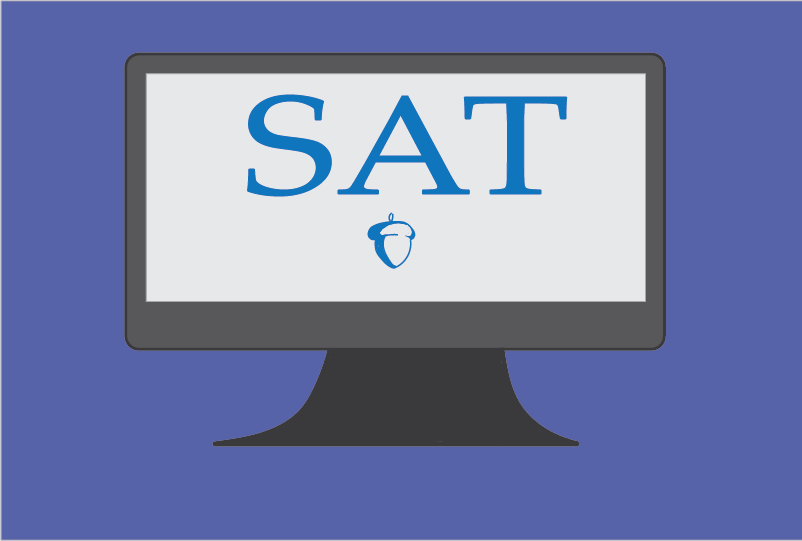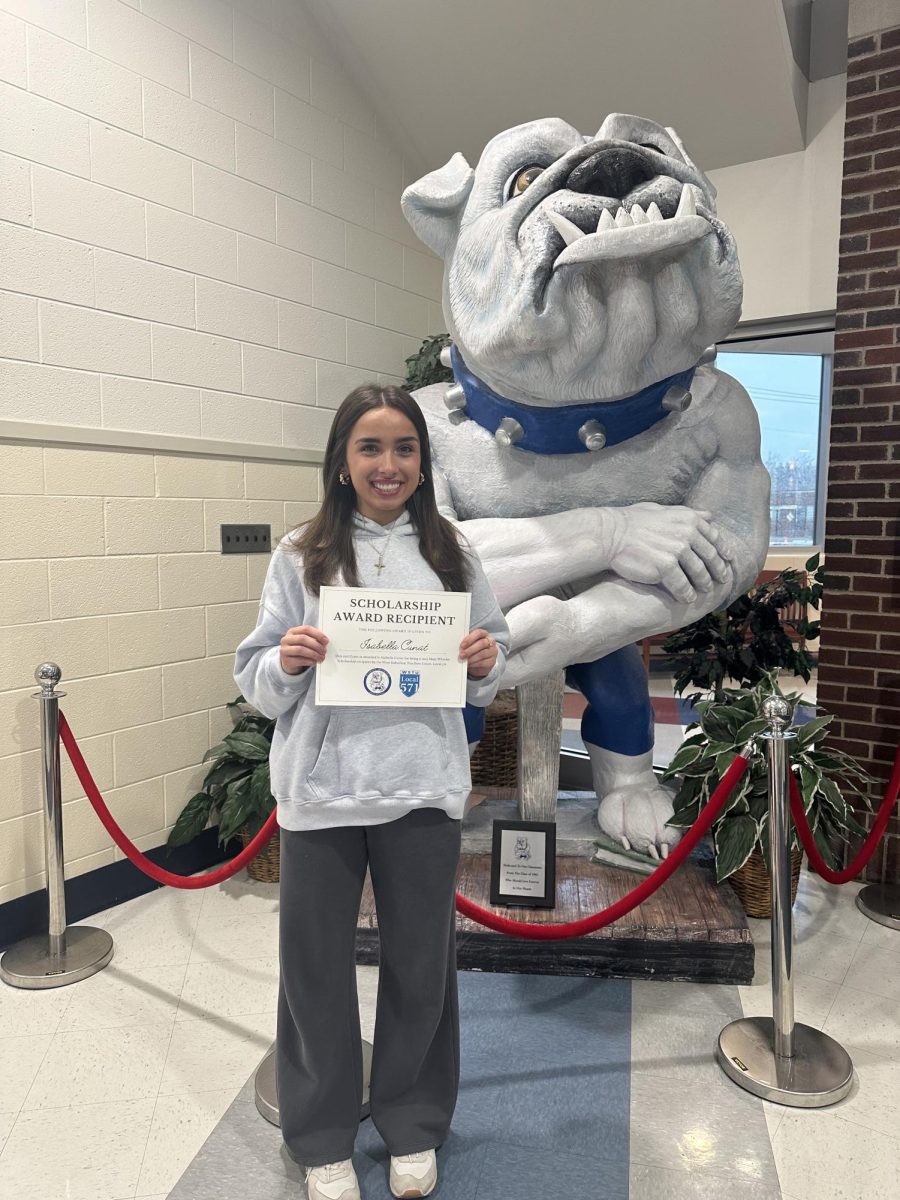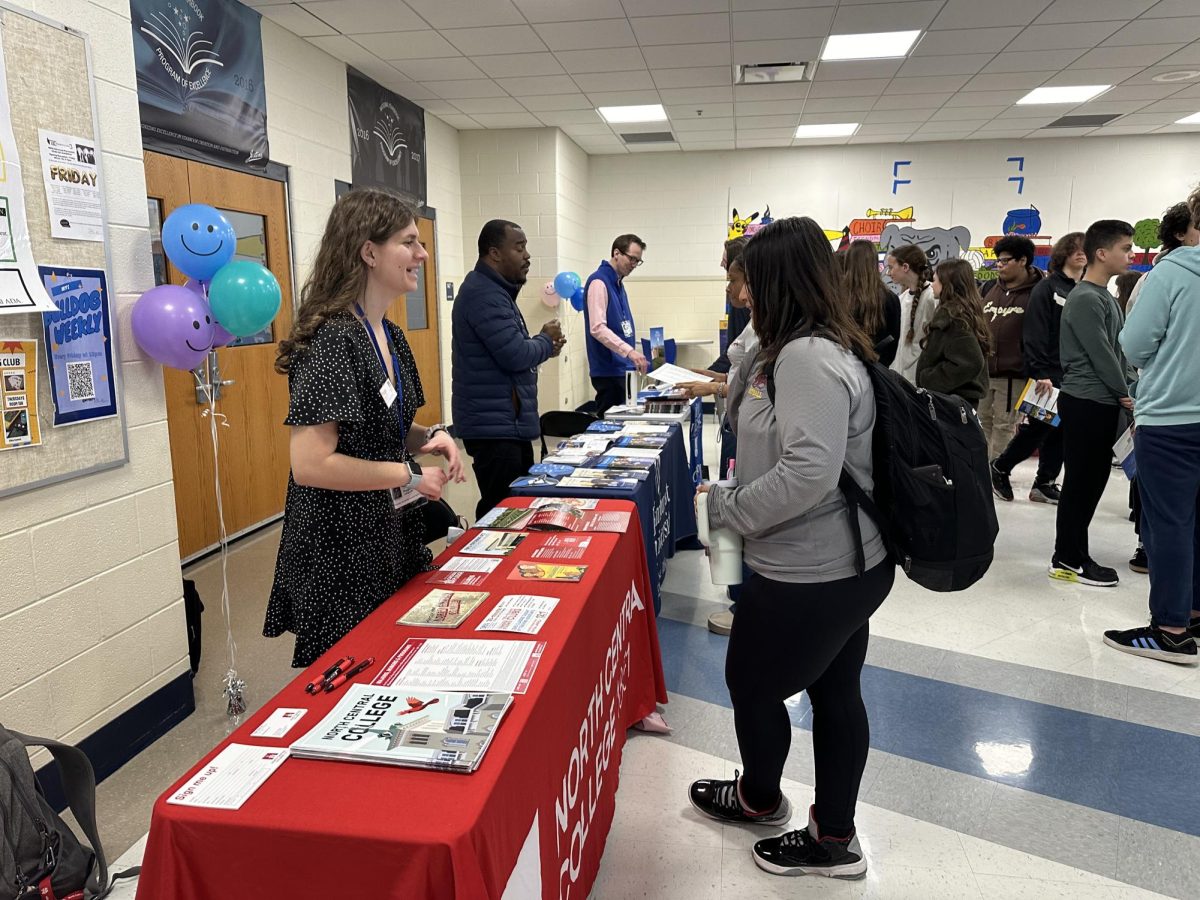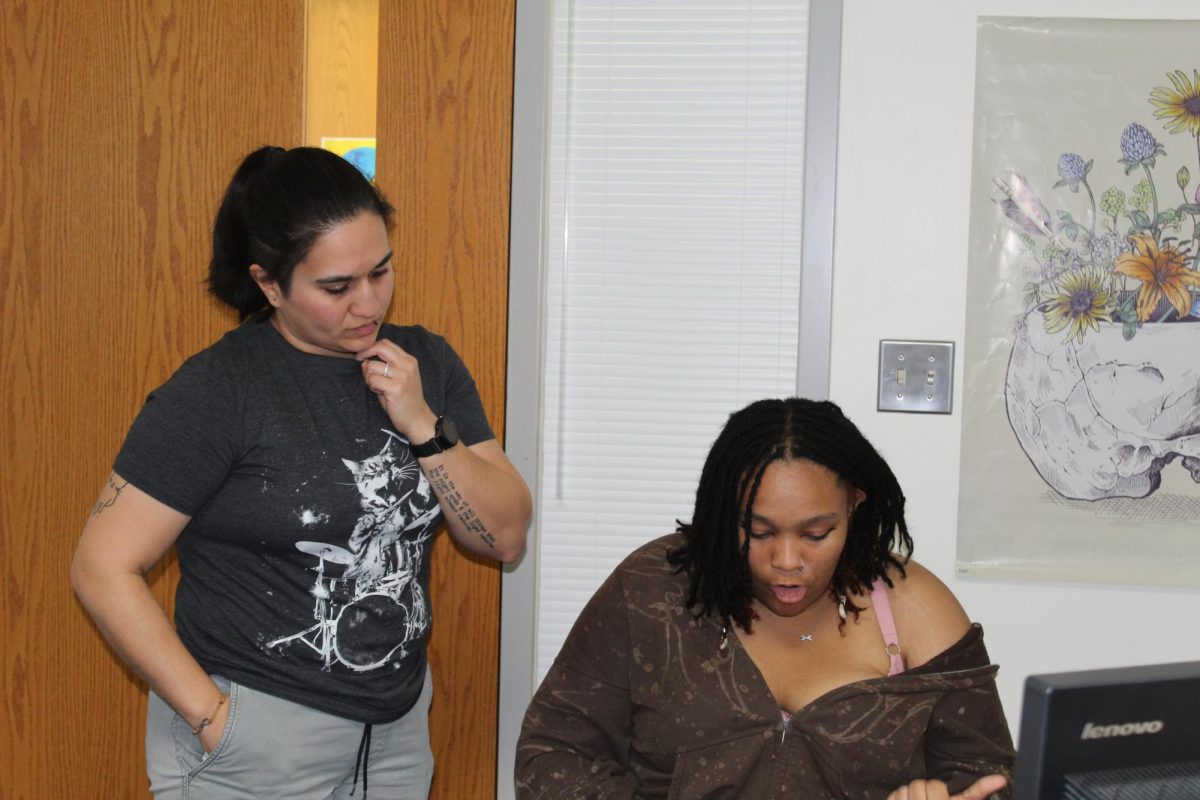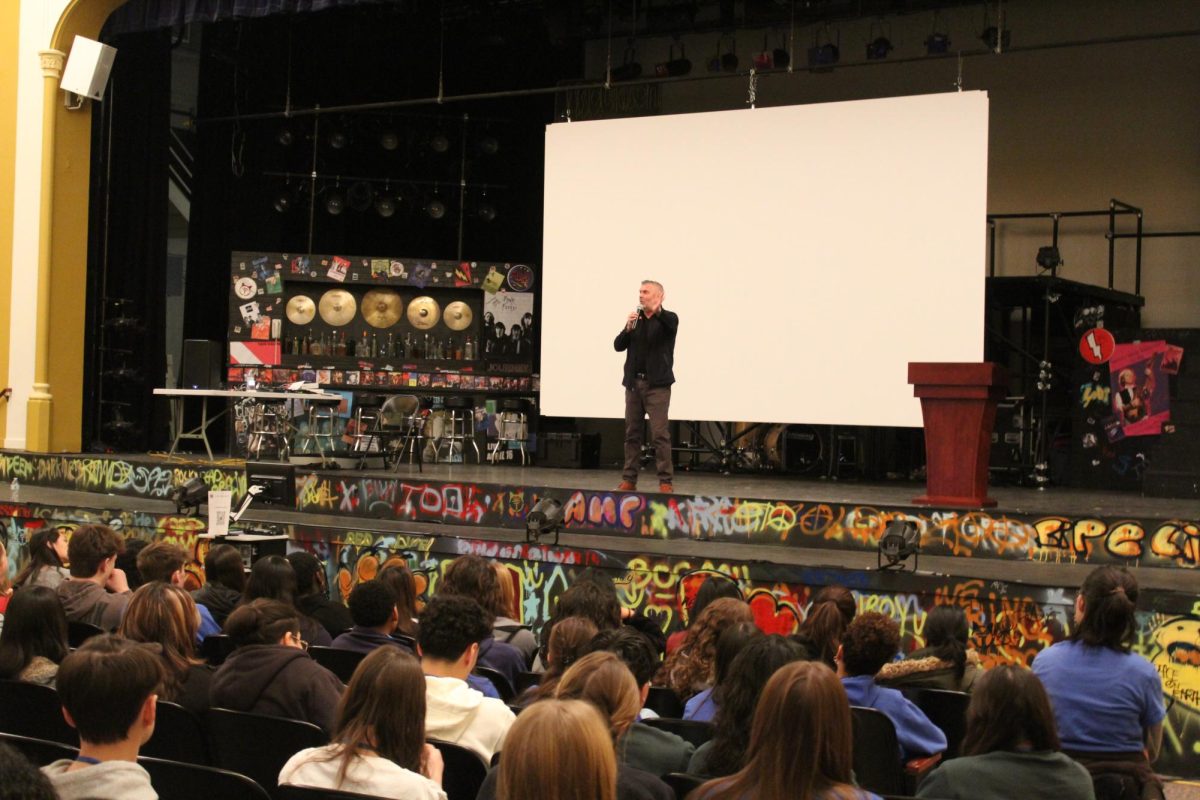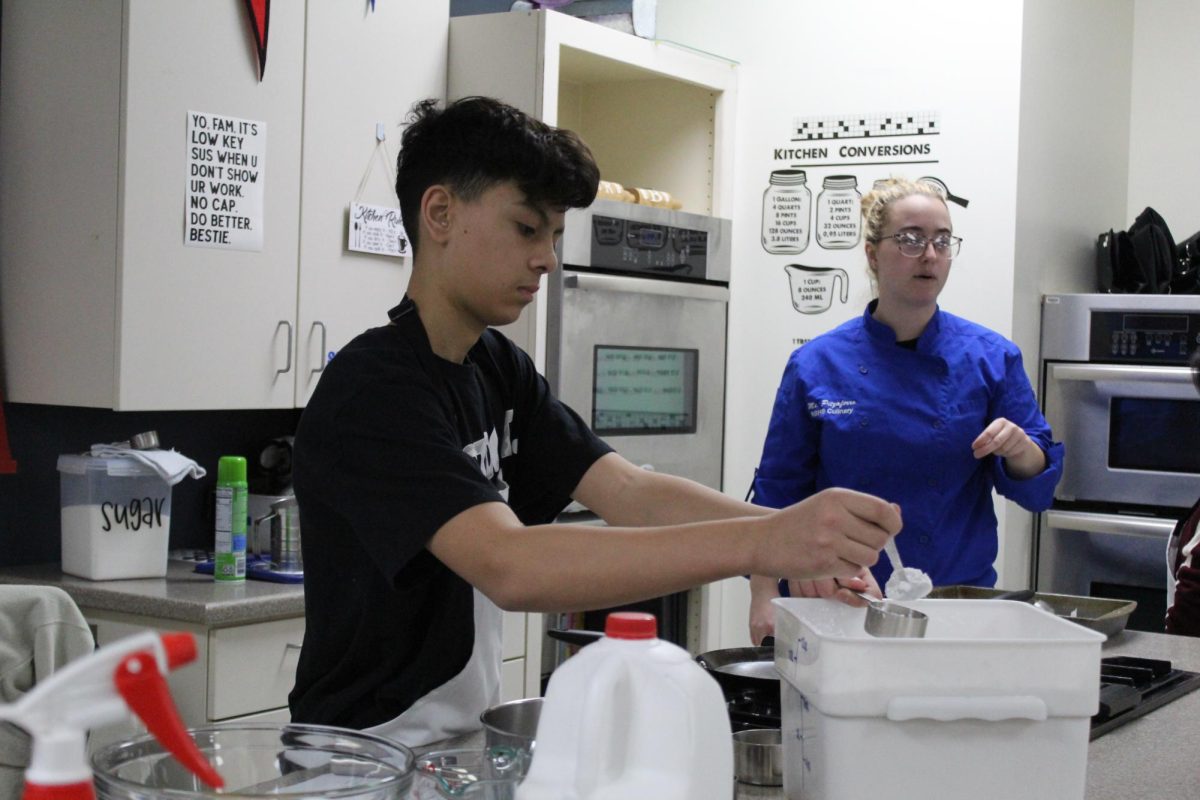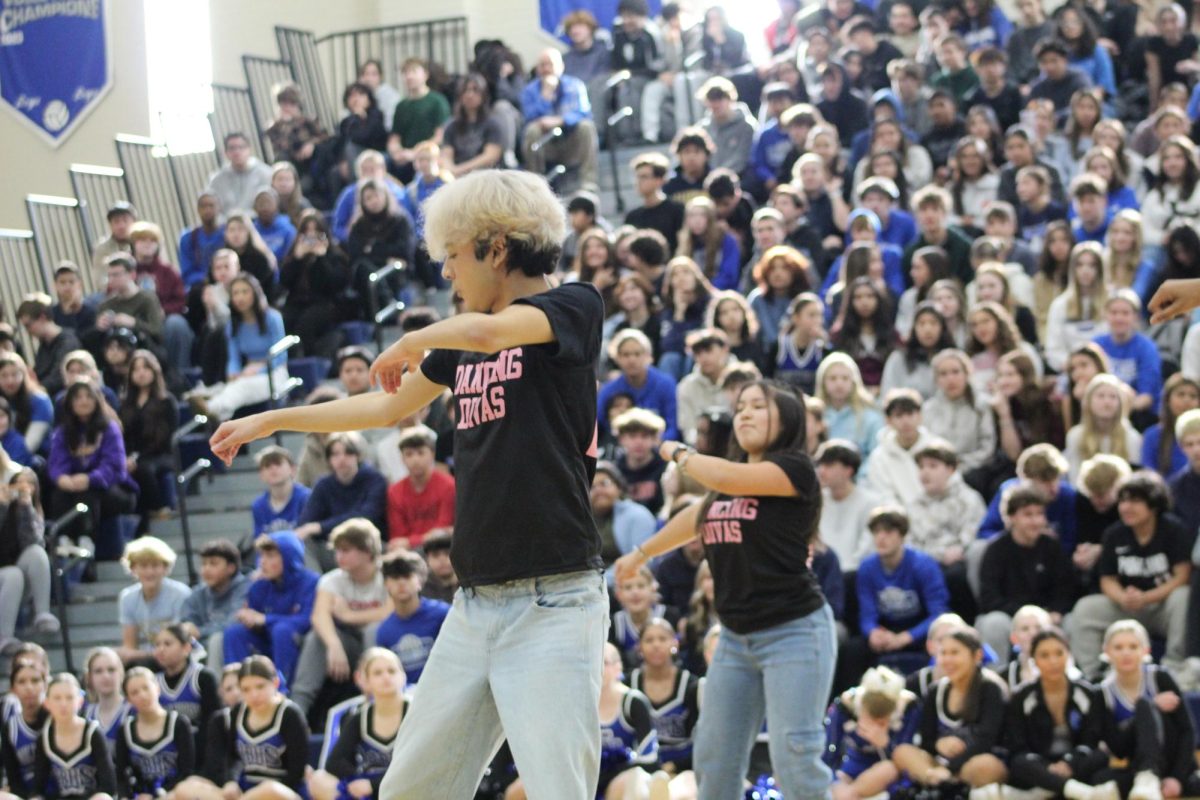On October 25, the junior class at Riverside Brookfield High School will be taking the PSAT. This year, the test will be taken on students’ chromebooks as opposed to on paper.
Bridget Watson, RB’s coordinator for the SAT and PSAT tests, described the new testing process.
“There’s an app that is going to be used on the chromebooks that’s called Bluebook, and students will only be allowed onto the Bluebook. They can’t navigate to anything else,” Watson said.
Additionally, the test has been shortened in length.
“Now, the reading, instead of long passages, is short snippets, like little paragraphs. It might be a short poem. It might be a snippet from a science article, maybe a graph to go along with it, but they’re all small and only have one question associated with them,” Watson said. “The other big change is that it has taken a separate reading section away, and it has merged the reading and the grammar section together.”
Now, the English part of the test is separated into two halves, each with 32 minutes allotted for 27 questions. Vocabulary-focused questions have also been added to the tests. The math section of the test has been changed as well.
“There’s two math modules, so now the whole thing you can use the calculator on which is an interesting change for the math,” Watson said.
The math section has also been separated into two halves, both with 35 minutes allotted for 22 questions each. All of these changes have shortened the test to two hours and 15 minutes, down from the three hours and 30 minutes that the test has taken in past years.
On top of all of these changes, the test will now adjust the difficulty of questions as the test is taken.
“If I do really well on module one, it’ll get harder as I go into module two,” Watson said. “Like the STAR test is, here at RB, adaptive.”
Not only is the test now significantly shorter, but test scores should be back much sooner.
“They say that the results are going to be coming back in days rather than the six week window. We’ll see if that is true. I hope so. Wouldn’t that be great?” Watson said.
Alongside the streamlined test, there will be digital tools for students who stand to benefit from the assistive technology on the chromebooks. Zach Lommatzsch organizes testing accommodations for students at RB and expands on what these students can expect.
“This time with the digital SAT their guidelines are that we can seat all of those students together in a room, and they’re allowed to stop the clock by themselves,” Lommatzsch said.
These changes come in the wake of the COVID-19 pandemic where schools were forced to rely on digital measures to educate their students. After CollegeBoard administered tests online, preparatory work began in anticipation of online testing.
“Two years ago now, [the school board approved] extra bandwidth being added in the testing areas down by the fieldhouse because we knew that this was coming digitally, and we knew that we needed 400 kids to be on their chromebooks on this Bluebook app at the same time, so they’ve taken precautions.” Watson said.
In addition to the district preparing for digital testing, teachers have begun to adjust their class structures.
“We’re starting to switch some of our assessments to online. A lot of classes are going into blended. I think it’s just kinda catching up, in my opinion, with the advancement of technology,” Lommatzsch said. “Having students prepare for it in our classrooms just like we would any other paper and pencil test. It’s just repetition.”
Liv Dobbe is a junior at RB who has taken the PSAT on paper in the past and expressed that she now does not know how to prepare for the digital tests.
“I scored pretty good on the PSAT,” Dobbe said. “But I think it’s because I’ve spent so much time mentally preparing myself to have the paper.”
Will Wilkins, also a junior at RB who has taken the PSAT on paper, is on the fence with how he feels about the changes.
“When we did all those PSATs they were on paper—I really like writing them out on paper. I just like the paper version better. And, we don’t know much about the online, we haven’t done it yet. I heard that it could be easier than the current SAT,” Wilkins said.
`
It stands to be seen if the change helps students after the first PSAT.
“I think that while it is scary, we are in an age of technology and new beginnings, and I think this will open up a lot of doors for other students overall, and things will only progress from here.” Dobbe said.

